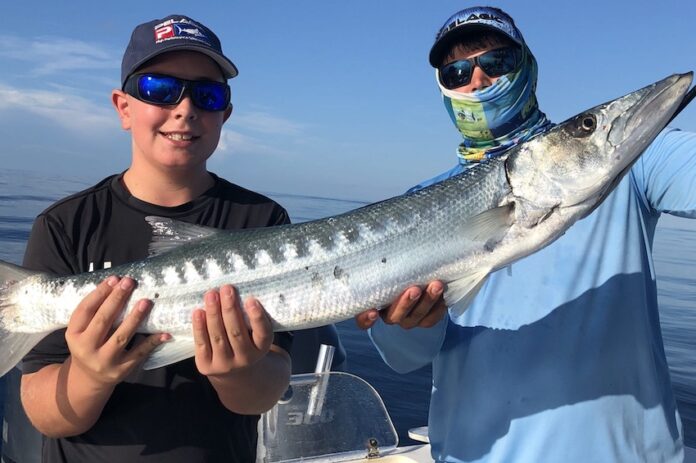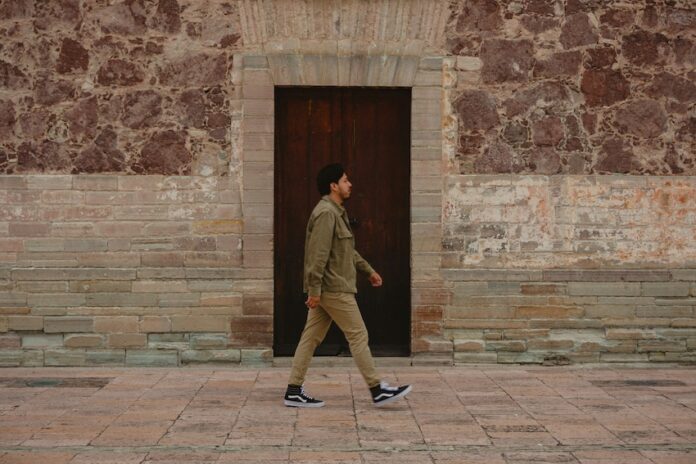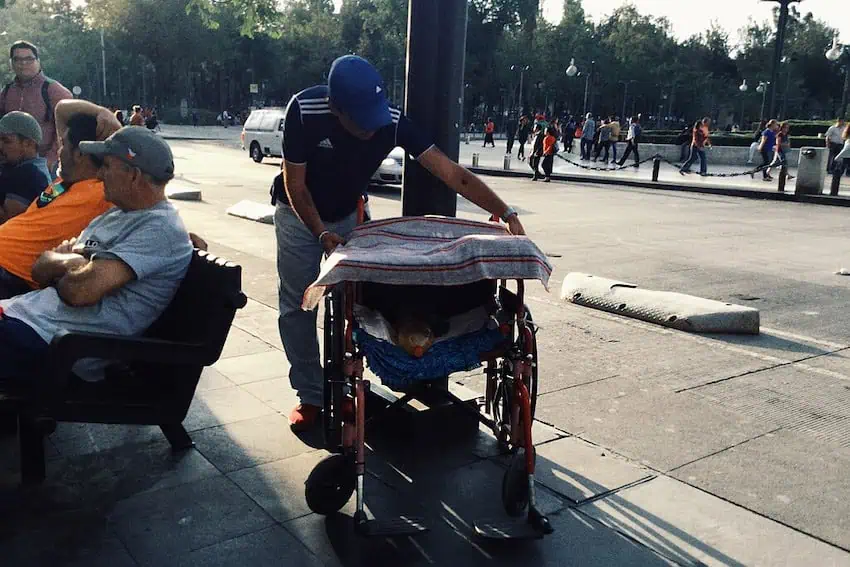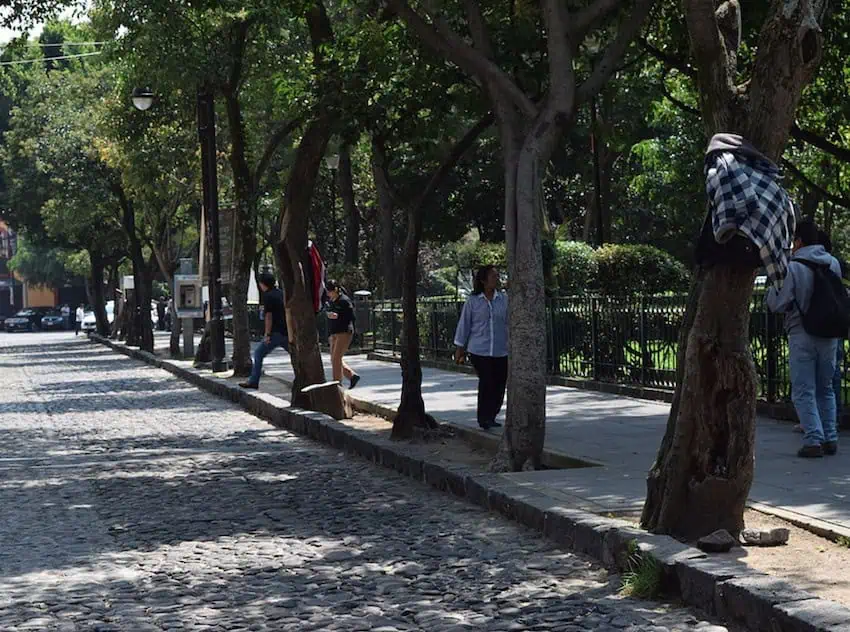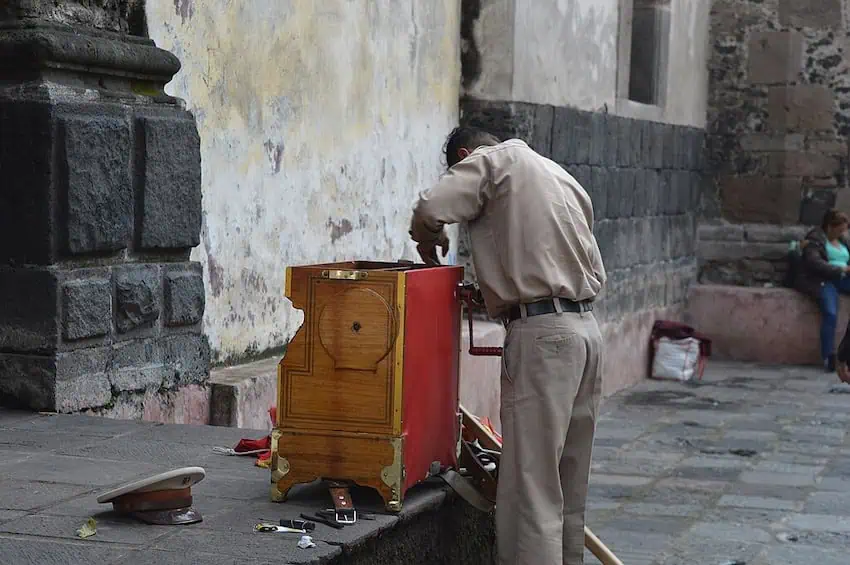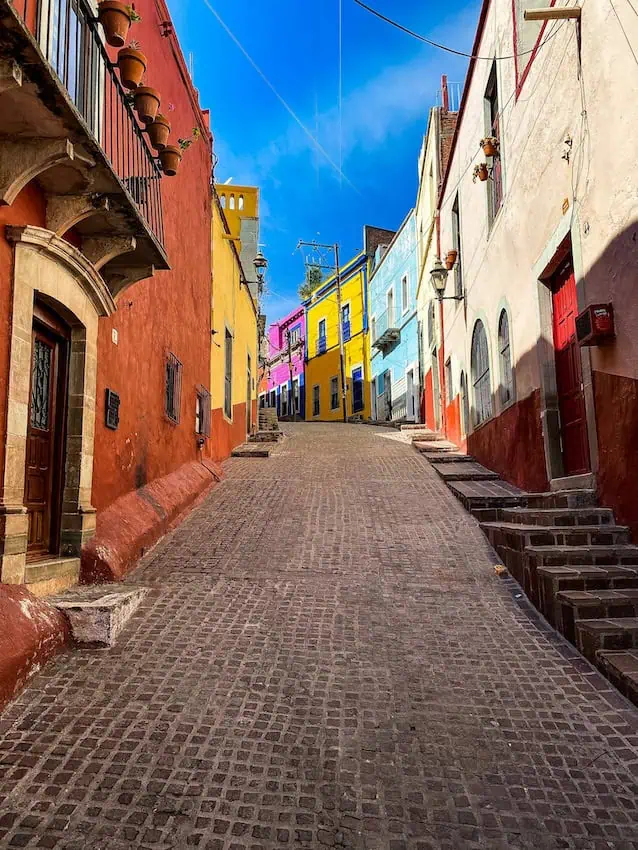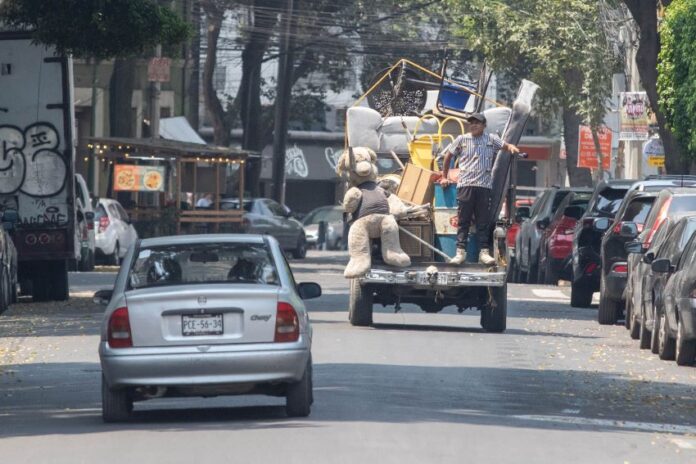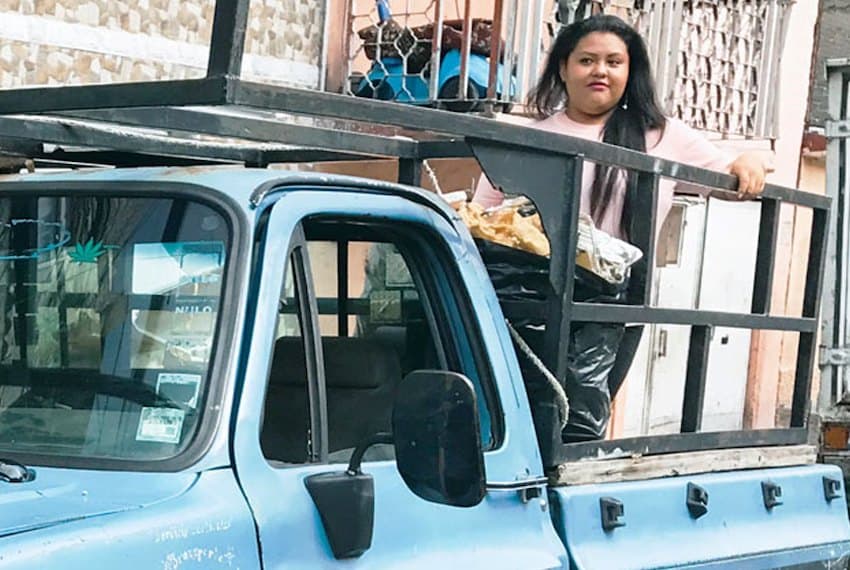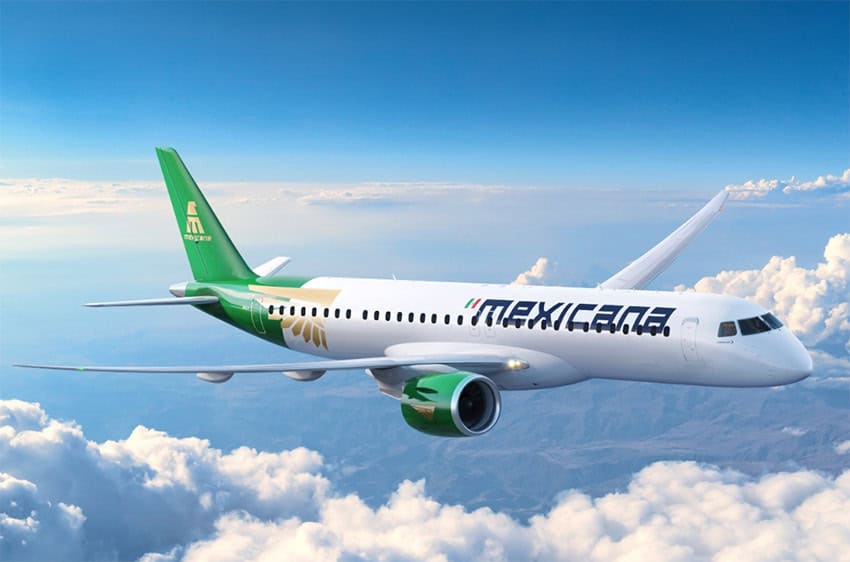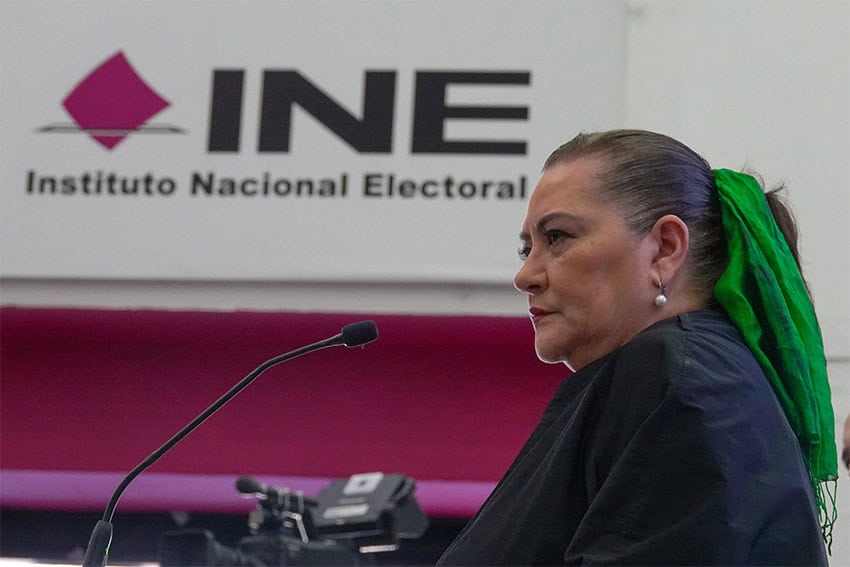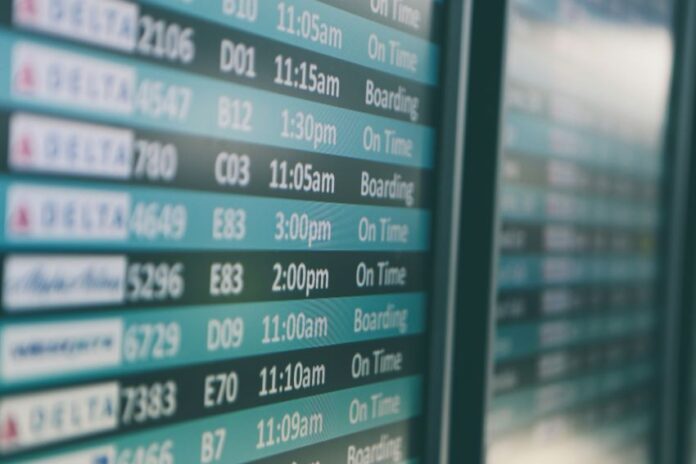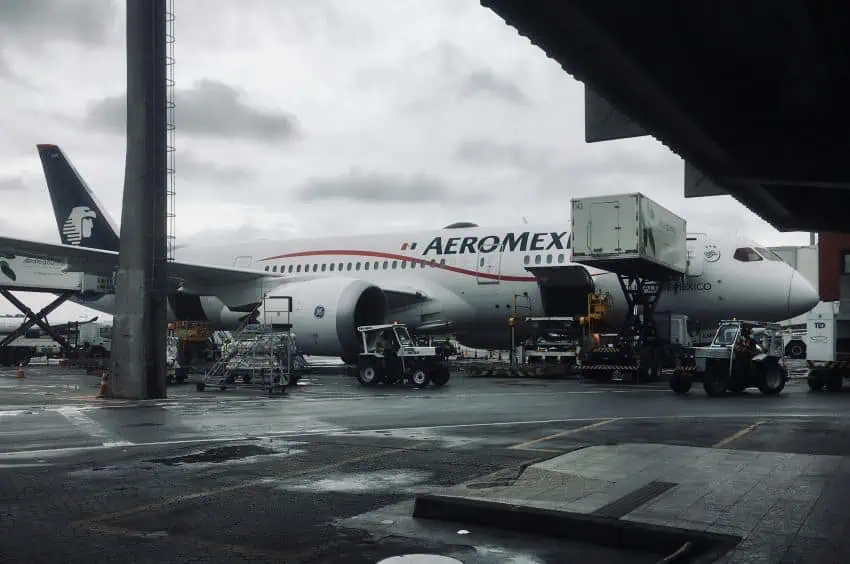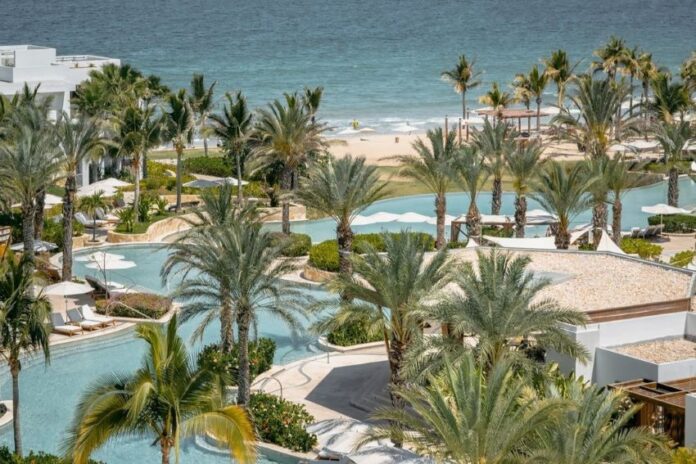Beginning the new year is always fun. Resolutions are made — and broken not long after. No matter your resolution, the Riviera Maya has something going on in January 2025 for you. Fun salsa dance classes to get fit. Splurge to renew and rejuvenate your relationship with a 7-night jungle retreat. Or just dive into the magic of Mexican culture with a food and wine festival.
Private salsa/bachata class

Get those hips moving in one of the most popular dance styles worldwide. English or Spanish-speaking teachers are available for private classes (up to 3 people). Their specialized methodology teaches you how to dance faster without missing a beat. Available all through January with free cancellation up to 24 hours before.
Date: choose your date here.
Location: Puerto Morelos
Cost: 1,080 pesos, or $53 (USD) for a group of up to 3 people.
Day Zero festival
An epic line up is listed for the Day Zero Festival. If dancing the night away is how you’d like to start the new year, this is the place to be. Thirty two artists are in the line up to enchant and immerse you in this sanctuary for electronic music enthusiasts. In true Tulum style, there are ancient traditions and cultural reverence mixed in to feel the magic.
Date: January 11
Location: Tulum, 4pm
Cost: Starts at US $250
Celebrate Love meditations

Celebrating 13 years of Love Meditations through the Sound of SHAMAN AHAU. Meditation, sound bowls, and healing are a wonderful way to start the year. All while listening to the sound of the Caribbean just meters away. Offered with peace, love, respect and gratitude to everyone who feels like joining.
Date: January 16, 8pm
Location: on the beach in front of Encanto Beach Club, Calle 40, Playa del Carmen
Cost: Free
Tantra in the jungle of Tulum

Cacao ceremonies, swimming in cenotes, tantric massage, ecstatic dance and conscious breathwork are just a few things covered in this celebration of life. A 7 night, 8 day all-inclusive stay at relaxing jungle eco-village. All are welcome to this experience to reconnect, reinvigorate, and renew their inner spirituality, sexuality, and sensuality.
Date: January 12-19
Location: Tulum
Cost: choose your room and cost here. (Prices from US$2997 – $5997)
Nations Cup polo tournament 2025

Join the thundering hooves and cheering fun at El Rey Polo Country Club for the annual polo tournament. There are also horseriding lessons and polo lessons for every age if you want to go earlier for a ride. Plus an option to stay the night after a full day of fun.
Date: January 18, 2:00 pm – 8:00 pm
Location: El Rey Polo Country Club, Puerto Morelos.
Price: General admission tickets 350 pesos.
Yo Amo Mexico (I Love Mexico) festival

The magic of the fifth annual I Love Mexico festival starts in January and ends in March. Full of fun and often delicious activities, there’s something for the whole family. Candle making, cooking classes, sound baths and healing, purification rituals, Mexican wine tastings and destination-inspired dining just to name a few. Held to support Centro Educativo K’iin Beh, the bilingual school in Playa del Carmen for local children. The event calendar shows what’s on each day and each month.
Date: January 20-24
Location: Rosewood Mayakoba, Playa del Carmen
Cost: depends on the activity chosen.
Watch the rare planetary alignment
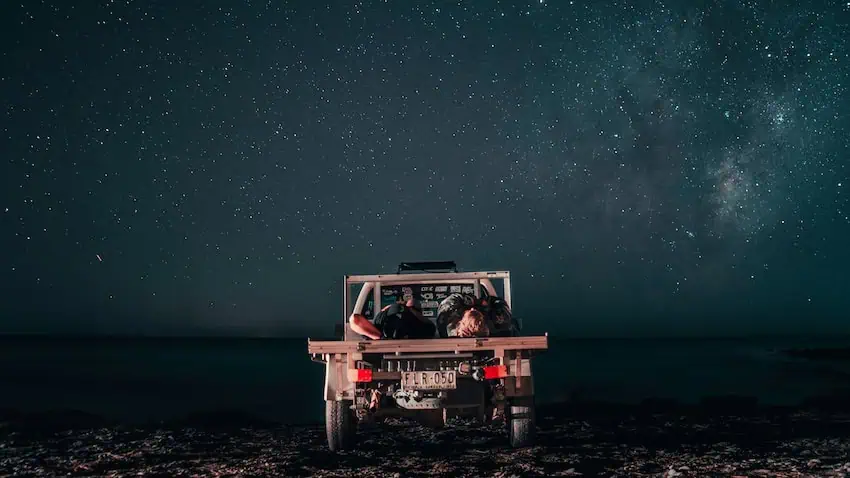
Soar into the stars for an up close and personal look at this rare celestial event. Cozumel’s Planetarium is aiming its telescope to the skies as the cosmos aligns in a total alignment of the planets. Rare events like these are said to bring transformation, success and productivity so I’ll be attending this one to start my 2025 on the right foot!
Date: 25 January
Location: Cozumel Planetarium Cha’an Ka’an
Cost: 150 pesos
Annual Handline Barracuda fishing tournament

In the stunning crystal clear waters surrounding Isla Mujeres the barracuda are biting. January is prime time and each year they hold this tournament to raise funds for local charities. Book through a fishing charter company, or organize it through your stay on the island. Either way it’s fun for all ages.
Date: near the end of January.
Cost: Varies from operator to operator
Mexico Correspondent for International Living, Bel is an experienced writer, author, photographer and videographer with 500+ articles published both in print and across digital platforms. Living in the Mexican Caribbean for over 7 years now she’s in love with Mexico and has no plans to go anywhere anytime soon.
